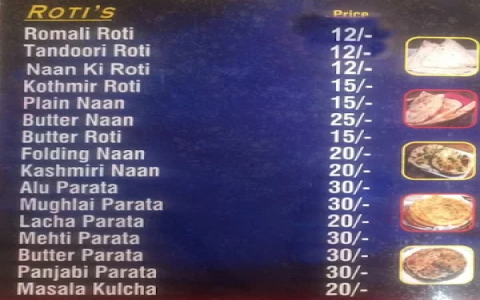Mughlai Indian Cuisine: A Culinary Journey Through History and Flavors
Introduction
Mughlai cuisine, a subcategory of Indian cuisine, is renowned for its rich flavors, intricate spices, and royal origins. Originating from the Mughal Empire, which spanned across the Indian subcontinent, this cuisine has been influenced by various cultures and regions. Over the years, Mughlai dishes have become a symbol of luxury and sophistication, captivating food enthusiasts around the world. This article aims to explore the origins, ingredients, and popular dishes of Mughlai cuisine, highlighting its unique characteristics and cultural significance.
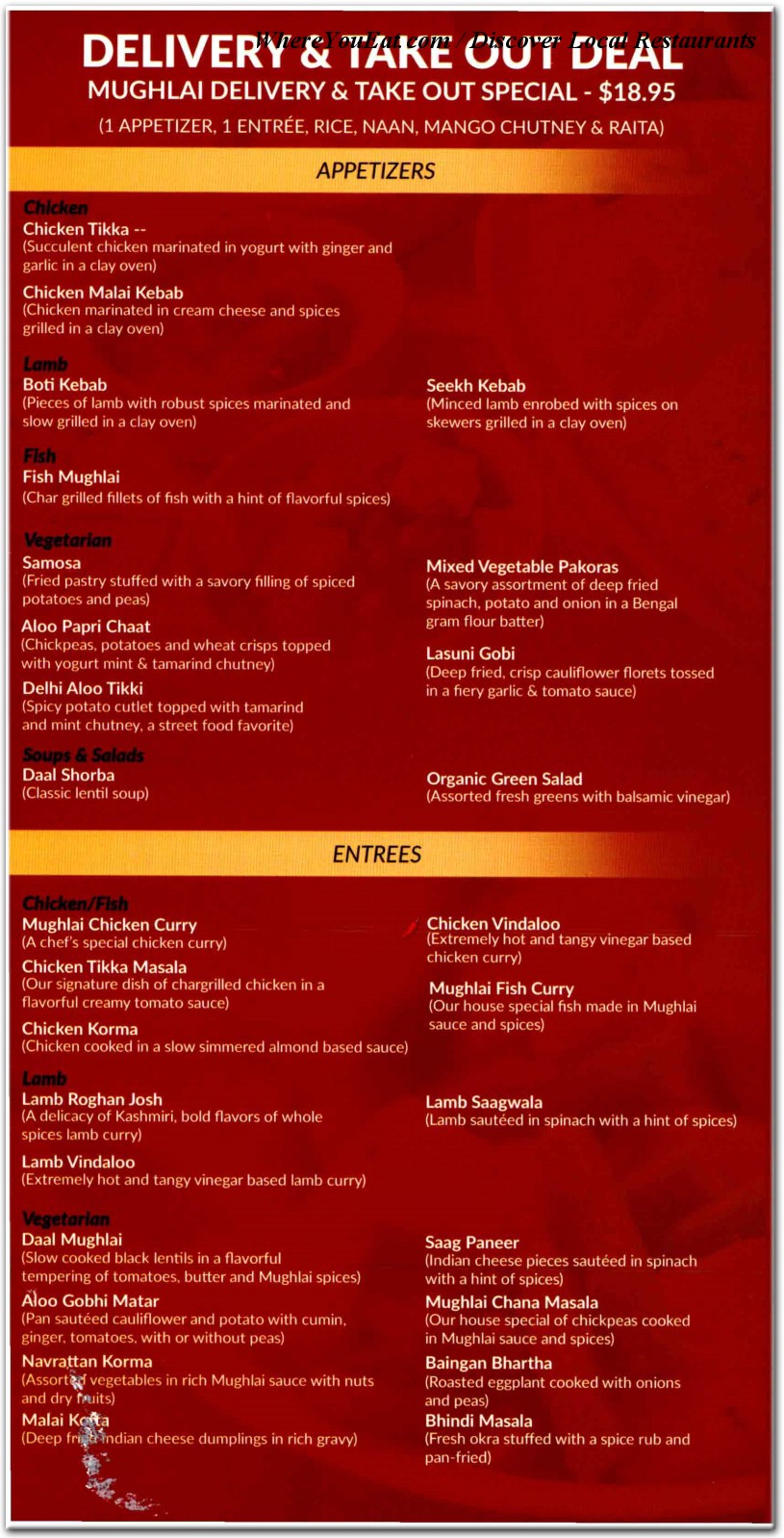
The Origins of Mughlai Cuisine
The Mughal Empire
The Mughal Empire, established in the early 16th century, was a powerful Islamic empire that ruled over the Indian subcontinent for over three centuries. The empire was known for its grandeur, opulence, and cultural diversity, which greatly influenced the development of Mughlai cuisine. The Mughals were great patrons of the arts, including music, dance, and, of course, food.
Cultural Influences
Mughlai cuisine was influenced by various cultures, including Persian, Turkish, Afghan, and even local Indian traditions. The Mughals, being a multicultural empire, adopted and adapted the culinary practices of the regions they conquered. This resulted in a unique blend of flavors, techniques, and ingredients that define Mughlai cuisine today.
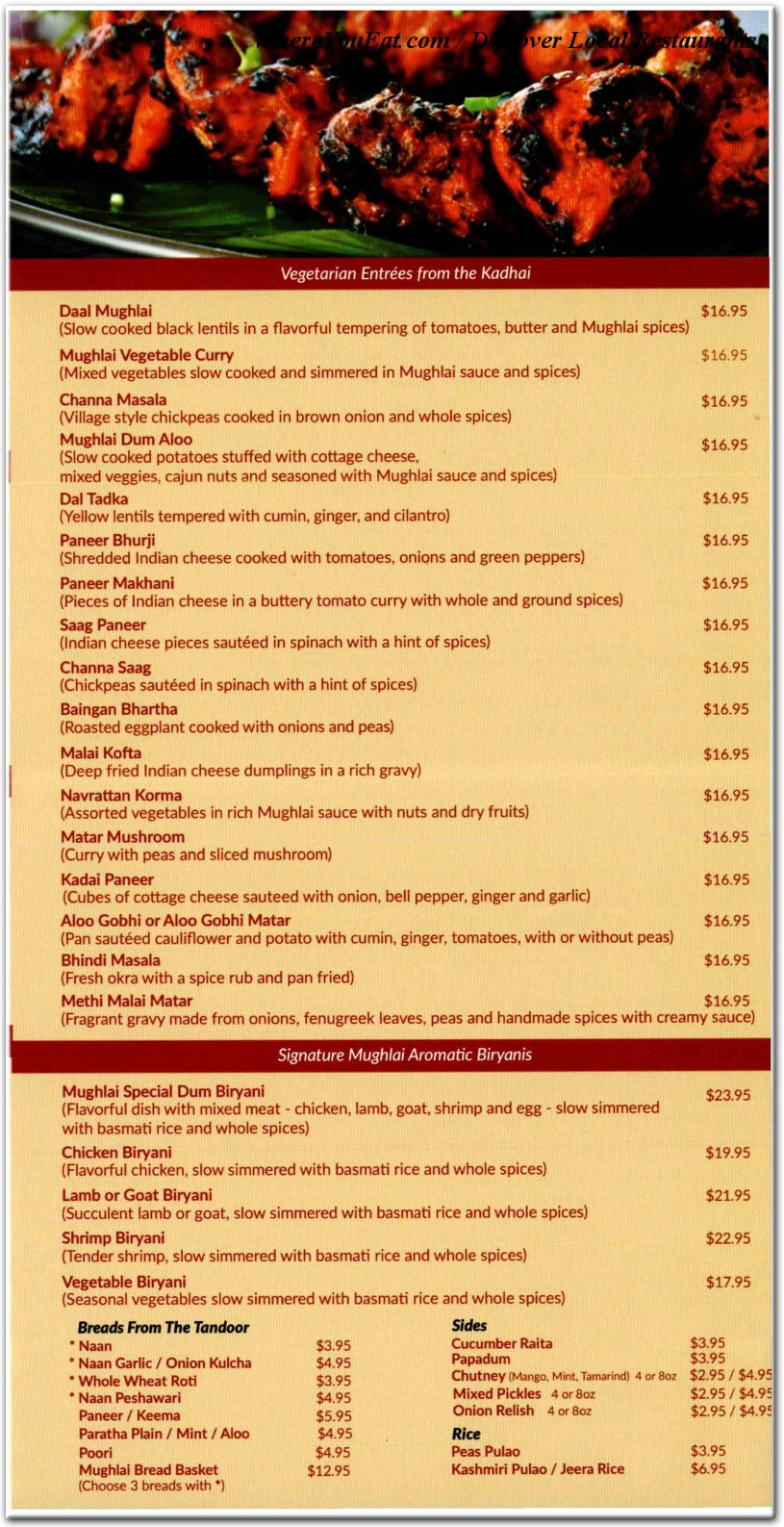
Key Ingredients and Spices
Meat
Meat is a central component of Mughlai cuisine, with lamb being the most popular choice. Beef, chicken, and goat are also commonly used. The meat is marinated in a mixture of spices, including coriander, cumin, turmeric, and garam masala, which gives it a rich, aromatic flavor.
Legumes
Legumes, such as chickpeas and lentils, are another staple in Mughlai cuisine. These are often used in stews, curries, and biryanis, adding a hearty and nutritious element to the dishes.

Vegetables
Vegetables, such as potatoes, tomatoes, and bell peppers, are also commonly used in Mughlai dishes. These are often cooked in a rich, flavorful sauce, which complements the meat and legumes.
Spices
Spices play a crucial role in Mughlai cuisine, with a wide variety of spices being used to create complex and aromatic flavors. Some of the key spices include:
– Cardamom: Known for its sweet and aromatic flavor, cardamom is often used in both sweet and savory dishes.
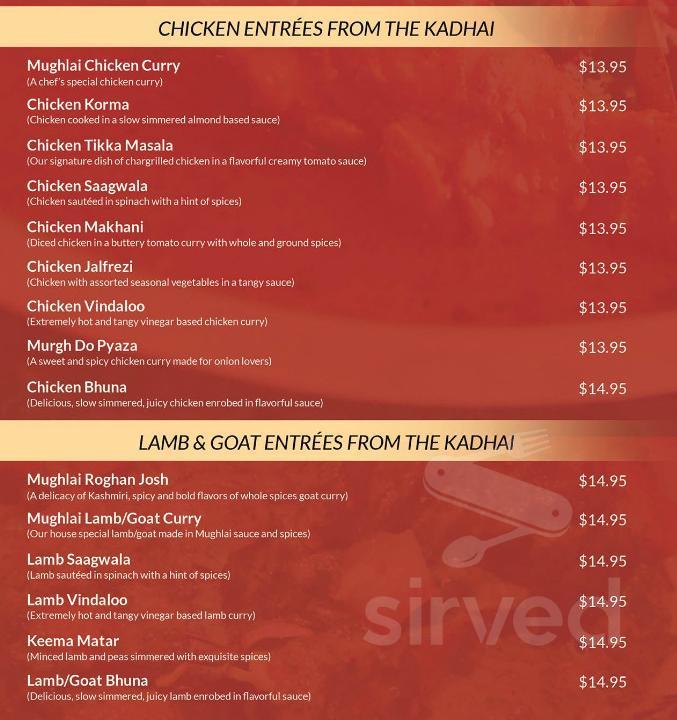
– Cinnamon: Cinnamon adds a warm, sweet flavor to Mughlai dishes, complementing the other spices.
– Garam Masala: A blend of various spices, garam masala is used to add a rich, earthy flavor to dishes.
– Nutmeg: Nutmeg is often used in sweet dishes, such as kheer and jalebi.
Popular Mughlai Dishes
Biryani
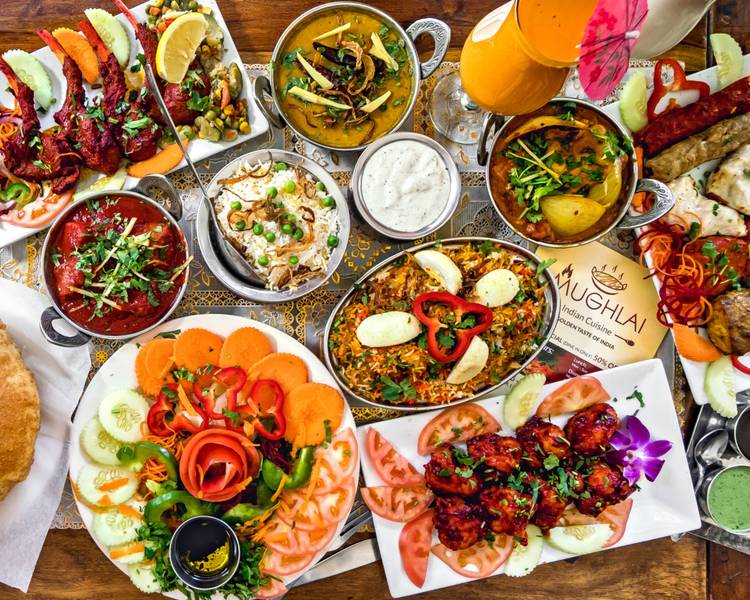
Biryani is perhaps the most iconic dish of Mughlai cuisine. It is a rice dish that is cooked with meat, vegetables, and a rich, flavorful sauce. There are many variations of biryani, including chicken biryani, mutton biryani, and vegetable biryani.
Kebabs
Kebabs are another popular dish in Mughlai cuisine. These are marinated and grilled pieces of meat, often served with a side of naan or roti. Some popular kebab varieties include tandoori chicken, seekh kebab, and shish kebab.
Korma
Korma is a rich, creamy stew made with meat, vegetables, and a blend of spices. The dish is slow-cooked to allow the flavors to meld together, resulting in a delicious and tender dish.
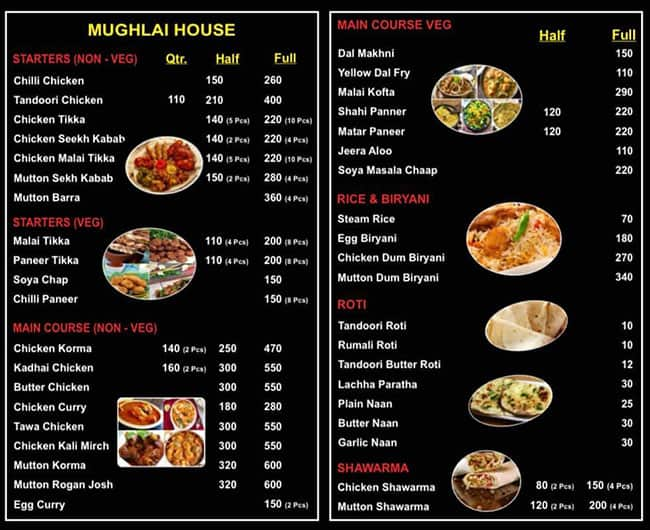
Kheer
Kheer is a sweet, creamy rice pudding made with milk, sugar, and cardamom. It is often served as a dessert after a meal, and is a popular dish during festivals and celebrations.
The Cultural Significance of Mughlai Cuisine
Mughlai cuisine is not just a culinary delight; it also holds significant cultural importance. The intricate spices, rich flavors, and grandeur of Mughlai dishes reflect the opulence and sophistication of the Mughal Empire. The cuisine has become a symbol of luxury and is often associated with royal banquets and celebrations.
Conclusion
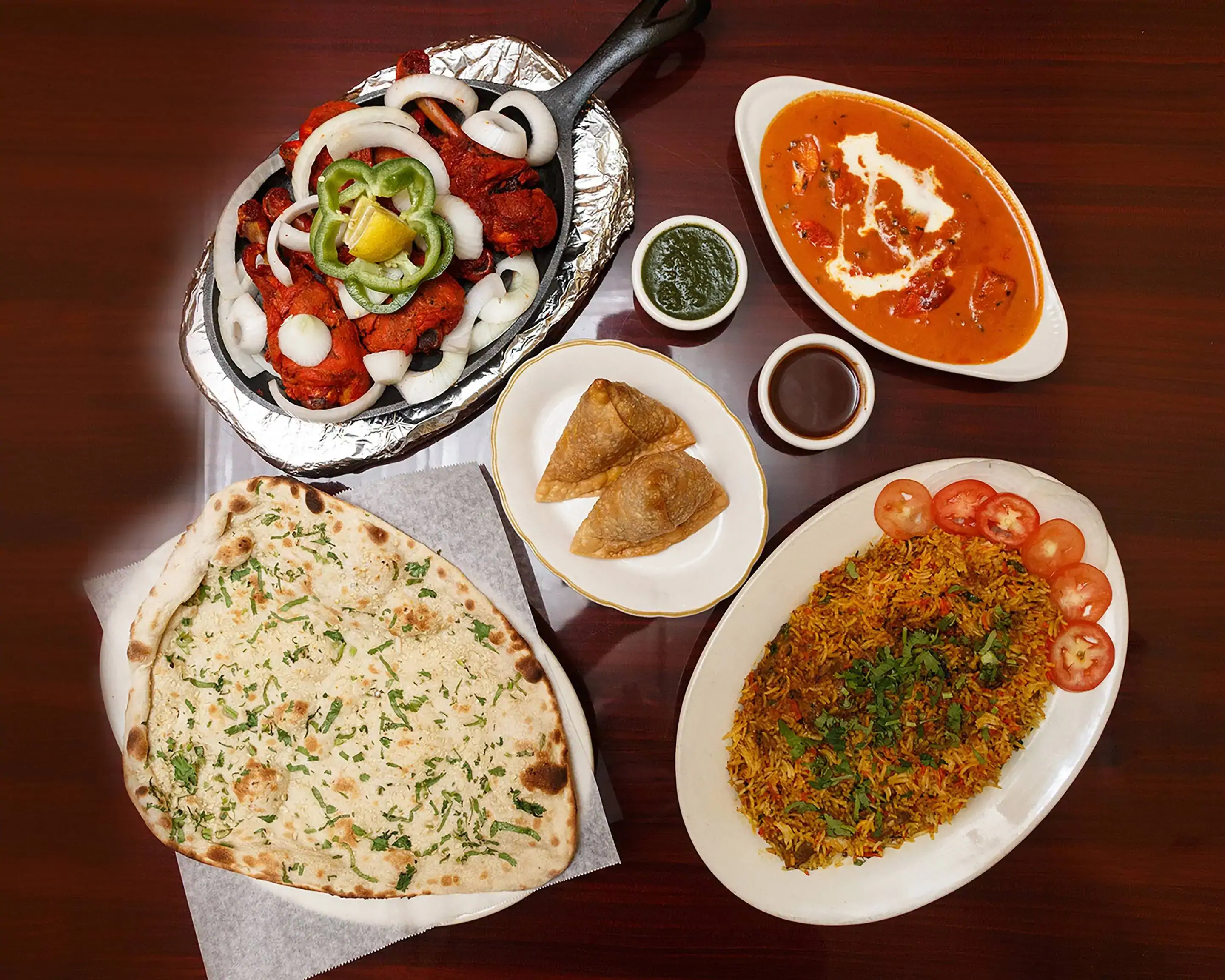
Mughlai cuisine is a testament to the rich culinary heritage of the Indian subcontinent. With its unique blend of flavors, ingredients, and techniques, Mughlai cuisine continues to captivate food enthusiasts around the world. From the iconic biryani to the flavorful kebabs, Mughlai dishes offer a culinary journey through history and flavors, making them a true treasure of Indian cuisine.
Recommendations and Future Research
To further explore the cultural significance of Mughlai cuisine, future research could focus on the following areas:
– The historical evolution of Mughlai cuisine and its influence on other regional cuisines.
– The role of Mughlai cuisine in Indian festivals and celebrations.

– The impact of globalization on Mughlai cuisine and its adaptation to modern tastes.
By delving deeper into these areas, we can gain a better understanding of the rich cultural heritage and culinary traditions of Mughlai cuisine.


